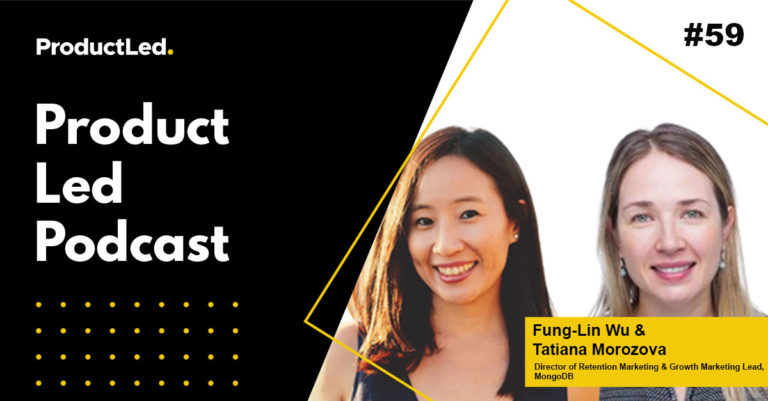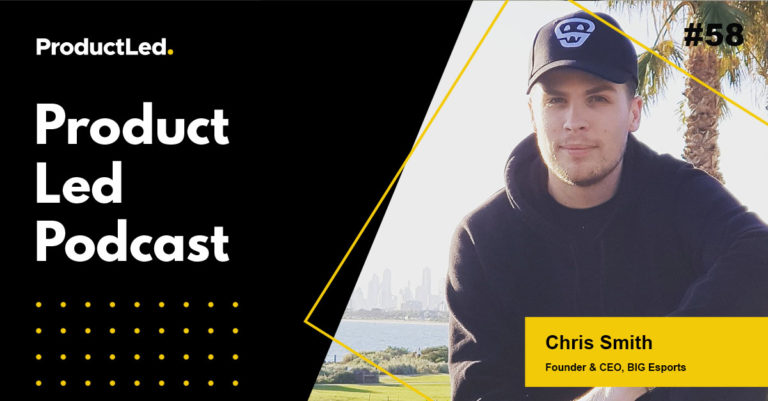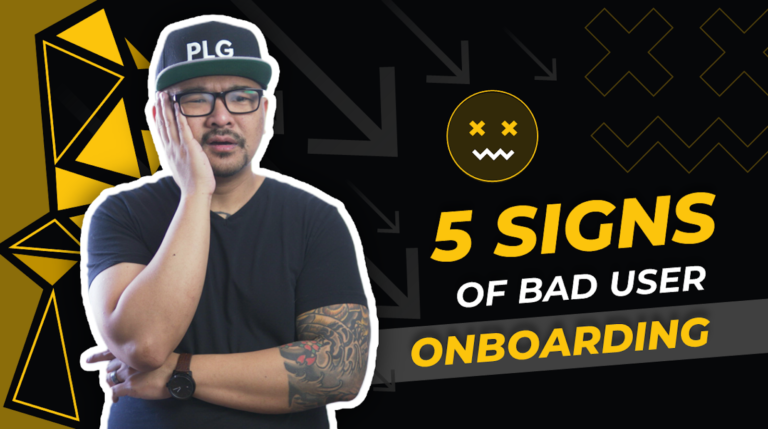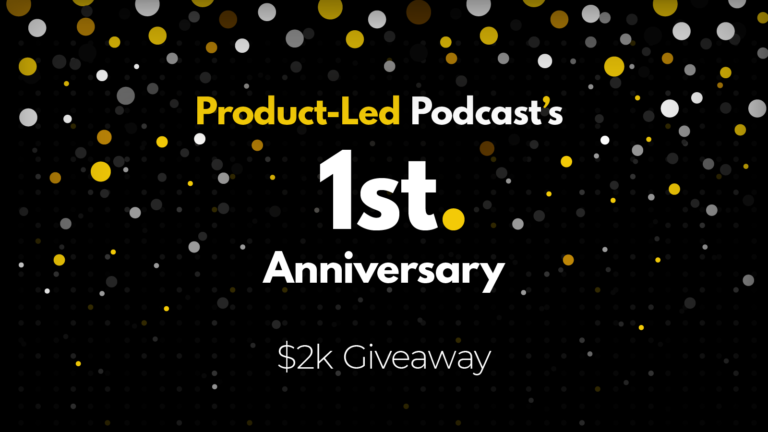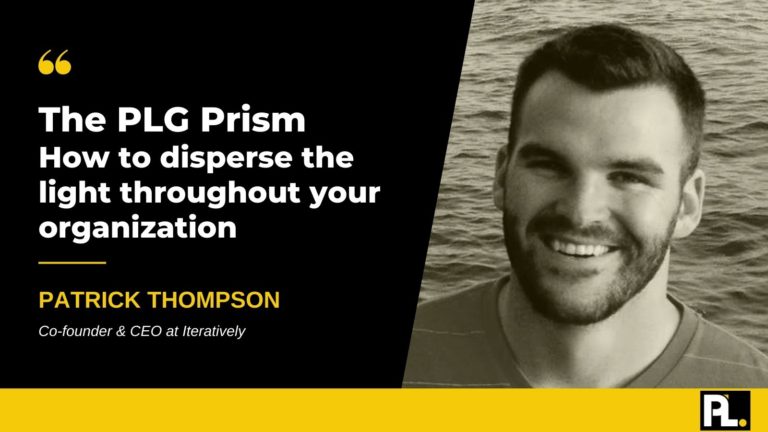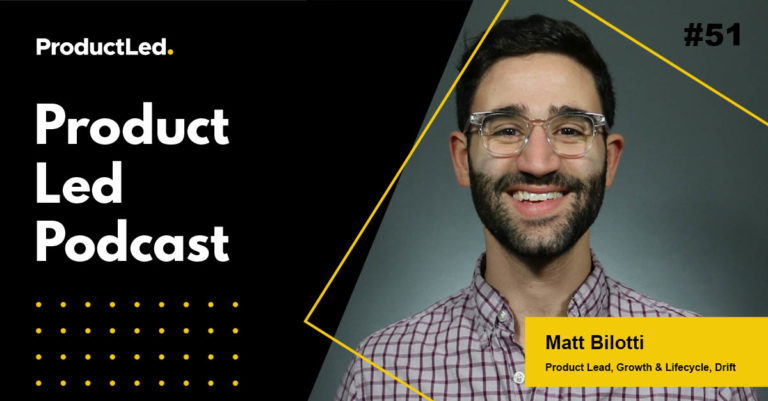Experimenting is one of the most important aspects of a product-led strategy.
Chances are, you already know this. It's why you're here.
What you might not know is that user activation is critical in growth experimentation because it determines whether the customer stays on your website – it’s that initial stickiness point. Increasing your activation by as little as five to 10 percent can significantly impact your trial-to-paid conversion rate.
A company with 40 employees that earns $2M in annual recurring revenue (ARR) has reached a point where they need to focus on how to optimize its user activation. And that's what this article is about.
We're going to dive into:
- The difference between Aha! moments and user activation
- When to get started with activation experimentation
- Small growth experiments you can start today
By the end, you'll understand why data from growth experimentation can help your growth, even helping your Sales team focus on those users who have hit an event in the product: installed the code, created a campaign, or invited a team member.
But first, you need to identify your key activation events
When customers aim to improve user activation, they need to identify their key activation events. Generally, SaaS companies have two or three activation events.
Are these events sequential, or can they be done in any particular order?
- If activation events are sequential, the process is first A, next B, then C to achieve the “ABC” process. The test you’ll use is more linear.
- If the activation events can occur in multiple orders, your experiment must focus on which action to push first.
Identifying user personas is another variable for good growth experimentation. A user persona is a fictional representation of your target audience. If multiple user personas are using your product, the experiment must test different messages with different personas.
The difference between Aha! moments and user activation
An Aha! moment is a state of mind. User activation is measured.
The Aha! moment is the perception of value: the moment that your customer perceives the value. Alternatively, user activation is the moment they get the value.
The difference boils down to perception versus input that’s measurable.
It’s not easy for teams to pinpoint Aha! moments. Conducting interviews with your most successful users is a good place to start. However, that Aha! moment is often not precise since the event happens outside of the product on your website or within your marketing channel. The Aha! could start even before signing up.
When to get started with growth experimentation
Data and a well-rounded team are needed to run experiments successfully.
You can use Amplitude, Mixpanel, or Heap to understand your analytics. But if you're not using these tools, chances are they don’t know your activation rate since they're unable to track specific events that users are tied to.
If you're a brand new startup with only five employees, you're probably more concerned with getting more visitor traffic, understanding your user personas, and doing user interviews. You aren’t measuring user activation and cannot do experiments.
A SaaS company can usually start to make headway with experiments when there are 30 to 40 employees. At this point, you've got a product manager, engineers, and people dedicated to product growth, product marketing, and product analysis. At this level, you likely have the analytical prowess to do activation experiments.
Small growth experiments you can start today
Product, Marketing, and Customer Success teams can improve their user activation rate when they:
- Define user activation: Conduct user interviews or a tool like Hotjar to watch the sessions.
- Measure the user activation: Mixpanel or Amplitude are analytics tools that can, for example, measure the sign-ups of new users in the last 30 days.
- Create a funnel; If there are three events and they are sequential, create a funnel and see where the dropout happens. If the events aren’t sequential, build a funnel and see how people move through the funnel. The process sheds light on the step where the problem is happening in the second or third event.
- Develop a hypothesis to solve the problem. Why is the user behaving this way?
Let’s use Calendly, an online scheduling tool, as an example.
Here are the steps to follow to get started with the tool:
- Connect to your Google calendar.
- Create an event.
- Send the event invitation to another person.
Let's say the problem is that people aren’t connecting to their calendars. Why not?
- Are they ignoring their notification?
- Do they forget?
You'll need to hypothesize at this point and try some experiments.
You could end a welcome message asking the person on the receiving end to connect to their calendar.
You can trigger these welcome messages based on specific user behavior. For instance, if users need to create their events after connecting to their calendar (because that's the next logical event to do), you can create a message that reads, “Congrats! You’re connected to your calendar.”
Next, make your first event, and use that user behavior to push for the next update.
The impact of a simple message or slide app is significant because these features block everything in the user's mind. Your website may have a hundred parts, but at that moment, the user doesn’t need to worry about any of them. You just focus the user’s attention on the next thing – and it works!
With the right approach, I’ve seen companies improve their activation by 34%.
One of the key activation events at Userpilot is installing their Chrome extension. For UserPilot to work, you need to install JavaScript, but the company doesn't push for that action right away. The company went for the Chrome extension because the tool can show you how to build before you commit to installing a script and volunteer engineers.
Userpilot has done a lot of experimentation. Over 90% of new users install a Chrome extension, and nearly 50% install the script. The company increased its initial 30% new user script installation rate to 50% by just figuring out when was the best time to push for the event. It’s all about the sequence of events.
Conclusion
To get started with growth experimentation, first, come up with the problem you want to tackle based on quantitative data. Go to the data and understand where the dropout occurs, especially in user activation.
Tracking user behavior begins by using custom events to follow what features the user is using. Feature tags, click rates, page views, and user attributes provide all the session data you need.
Then, plug the data and figure out where the problem is.
Next, use the problem to develop a hypothesis based on the qualitative data. Use the measurable data to explain the quantitative data and create your hypothesis for the experiment. A helpful piece of advice is to use user interviews and session replay to explain the quantitative for the qualitative.
And last but not least, always have a control group. Don't just test one message against the other.
Getting started with growth experimentation can be daunting. But applying the steps to create an experiment, hypothesizing, and applying changes to your product based on proven data is the recipe for activation success.
Join ProductLed Academy to scale your business, faster
Growth experimentation is at the heart of any product-led strategy. Learning how to do it at scale can really help you level up. In ProductLed Academy, we can help you understand the process of experimentation, so you can build a self-serve model that converts.
This 12-month program will give you everything you need to start, build, and grow your product-led business while increasing profit and free time. It's a group coaching program that supports you in growing your self-serve revenue.
It's comprised of four components:
- Weekly 60-minute group coaching call with Wes Bush where you'll go through each of the components of the ProductLed Method (including pricing) to master a self-serve model.
- Weekly non-negotiable tasks to keep you accountable.
- Access to an exclusive ProductLed Founder Community so you can meet other ambitious founders and receive support 24/7.
- Access to the ProductLed Vault where you'll gain access to all of our programs, templates, and frameworks.
If you're ready to break through to the next level and reach $10M ARR and beyond, be sure to check out ProductLed Academy.

